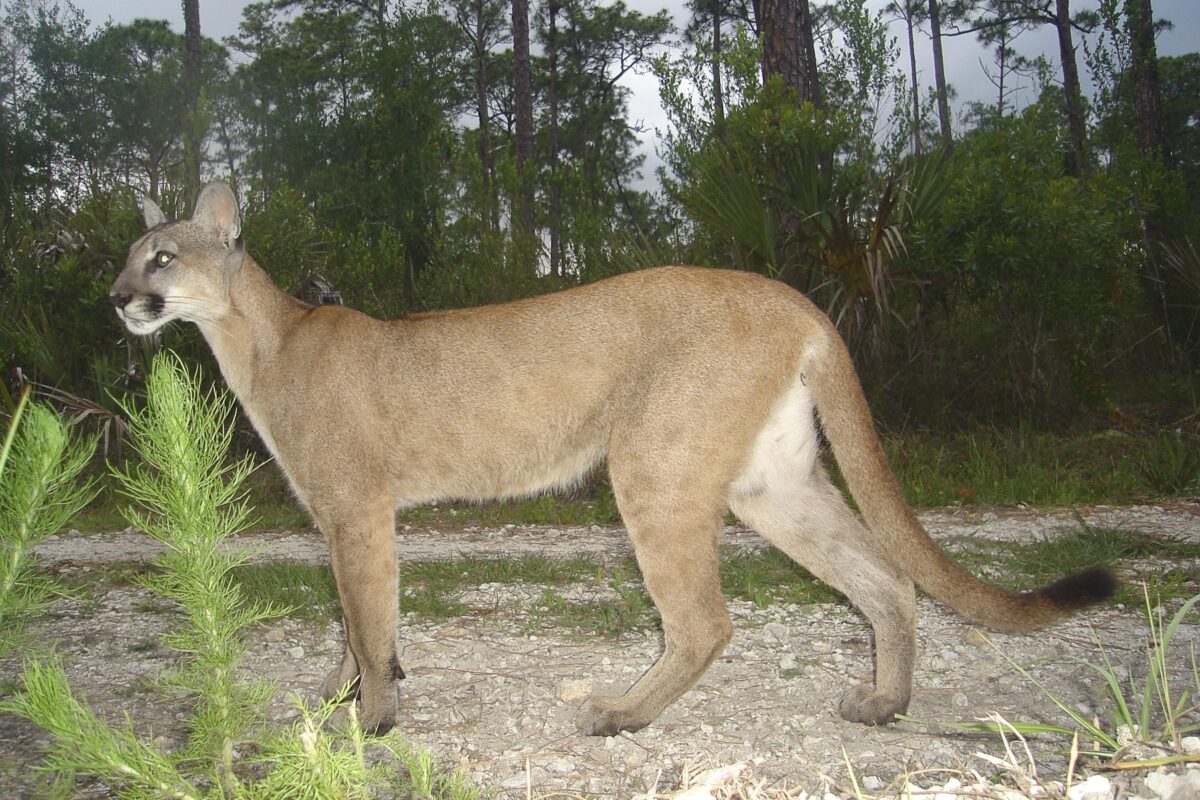Livestock Guardian Dogs are a new addition to ranching culture in the United States. Only since the 1970s have dogs been implemented at scale on homesteads and ranches to protect livestock. However, these canines’ place as a cultural staple of coexistence around the world stretches back thousands of years.
Humans’ relationship with livestock guardian dogs is special, and represents one of the most effective coexistence strategies across the globe. From Patagonia to Botswana, farmers and ranchers benefit from working with these ancient pastoral partners.

Just like most people will never see a wild mountain lion in person, most people won’t work with these unique dogs either. But it’s increasingly important that all of us understand more about them. As planned grazing operations move closer to urban areas, such as goats clearing brush in fire prone freeway margins in California, more of us will experience the moment of cognitive dissonance that comes when a member of the flock suddenly starts to bark!
A few things you (probably) didn’t know about Livestock Guardian Dogs:
- Livestock Guardian Dog breeds are considered “primitive” and come with unique skills and challenges in the modern world.
- Great Pyrenees dogs have an extra set of toes, called dewclaws.
- A Livestock Guardian Dog may consider their territory to be multiple square miles, making containing them sometimes a difficult proposition.
- It may take three years or more before a Guardian Dog can work effectively in the field unsupervised.
- Livestock Guardian Dogs are a family of breeds, NOT a description of a role any dog can do. Other dog breeds, or mixes cannot reliably be expected to perform as a Livestock Guardian.
- Livestock Guardian Dogs bark — a lot. Territorial barking alerts wildlife to keep their distance, keeping livestock and mountain lions both safe. Laws throughout the US protect the right of these dogs to work in some places, but in others they are subject to barking dog laws.
- There are many harmful myths in the US about Livestock Guardian Dogs, including some advocating for raising them without human contact. These dogs have always been treated as part of traditional pastoralist families.
If you want to learn more livestock guardian dogs, join Mountain Lion Foundation’s Coexistence Program Manager, Gowan Batist, for our next Living with Lions Webinar on Wednesday, March 20 at 12pm PT.
Register for Livestock Guardian Dogs: An Ancient Solution to Modern Wildlife Conflicts here.
Resources and Cited Studies about Livestock Guardian Dogs
Louise Liebenberg: https://predator-friendly-ranching.blogspot.com/
Texas A&M: https://sanangelo.tamu.edu/research/lgd/
Cougar Conservation Botswana https://www.cheetahconservationbotswana.org/information-for-farmers.html
Cheetah Conservation Botswana LGD Handbook: https://www.cheetahconservationbotswana.org/uploads/6/4/3/3/64330039/ccb_lgsd_handbook_2016.pdf
Aggregated studies by Texas A&M: https://sanangelo.tamu.edu/research/lgd/lgd-literature-archives/
Cougar predation of feral donkeys: https://besjournals.onlinelibrary.wiley.com/doi/10.1111/1365-2656.13766
University of California Cooperative Extension Guidebook: https://ucanr.edu/sites/Rangelands/files/305121.pdf
University of Tasmania Study: https://www.utas.edu.au/about/news-and-stories/articles/2023/the-ancient-practice-of-livestock-guardian-dogs-is-highly-successful-on-australian-farms-today
South Dakota State University Extension: https://extension.sdstate.edu/livestock-guardian-dogs-improved-protection
University of Utah Thesis; Evaluating the Effectiveness of Livestock Guardian Dogs: https://digitalcommons.usu.edu/cgi/viewcontent.cgi?article=8744&context=etd
Phys.org “Landscape of Fear”: https://phys.org/news/2024-03-livestock-guardian-dogs-landscape-predators.html



 Facebook
Facebook Twitter
Twitter Send Email
Send Email


